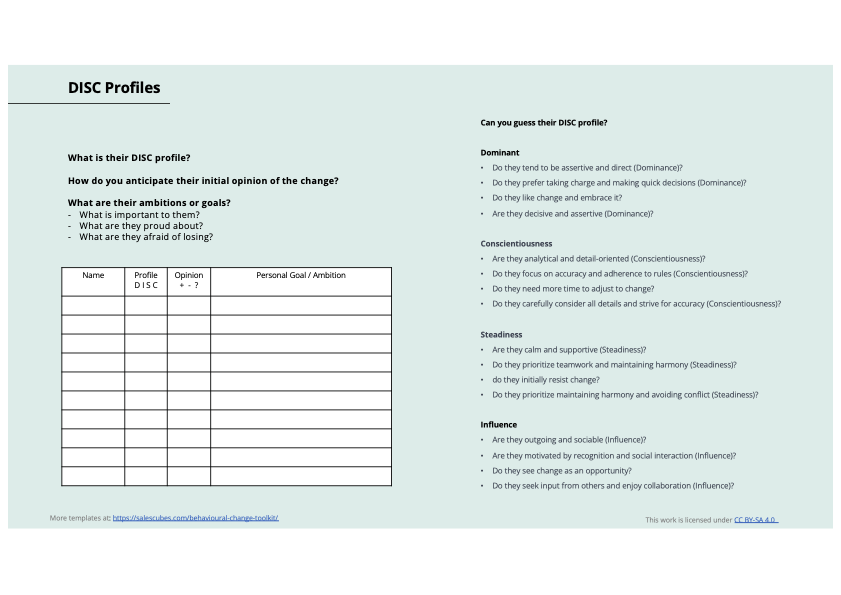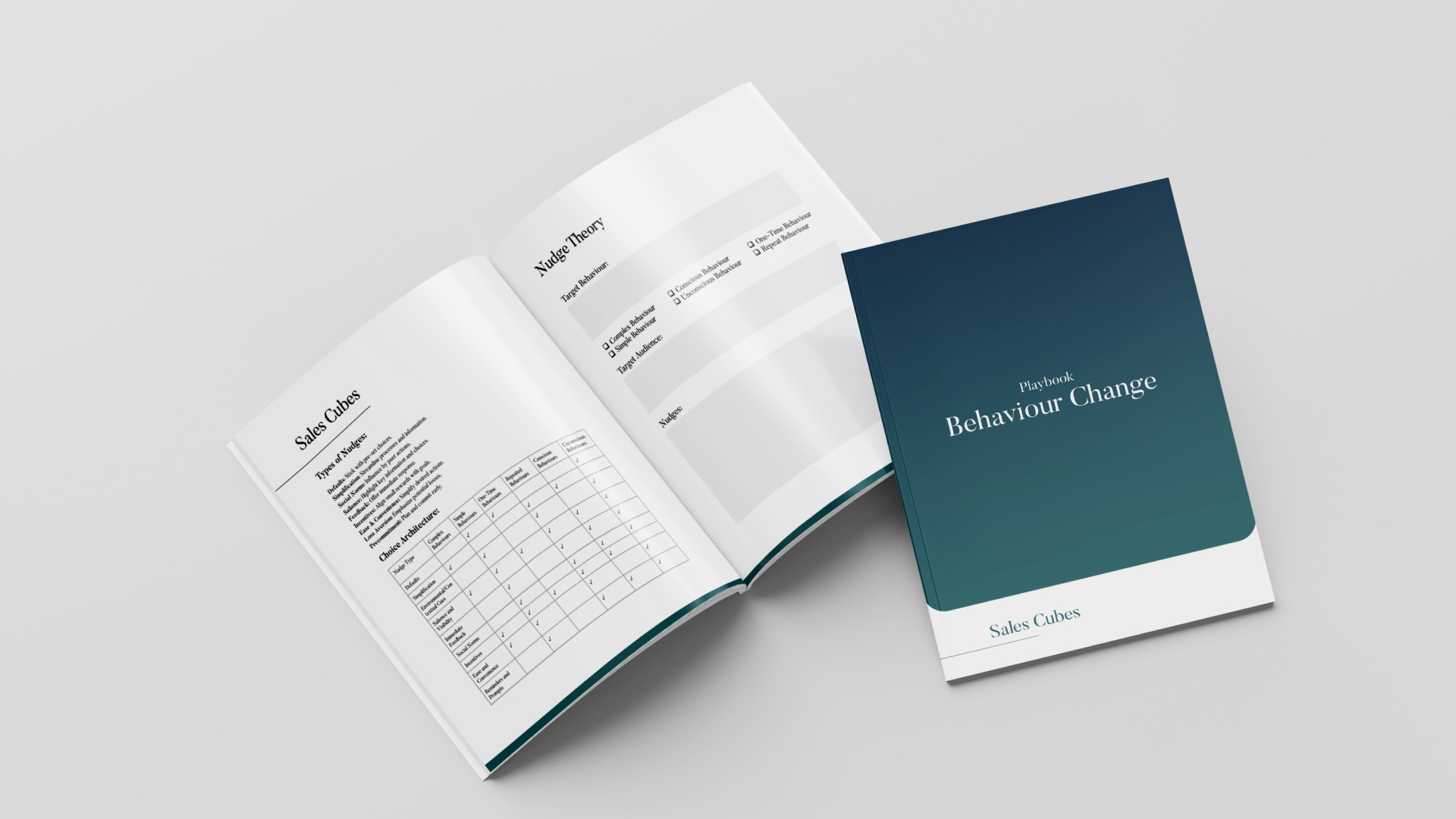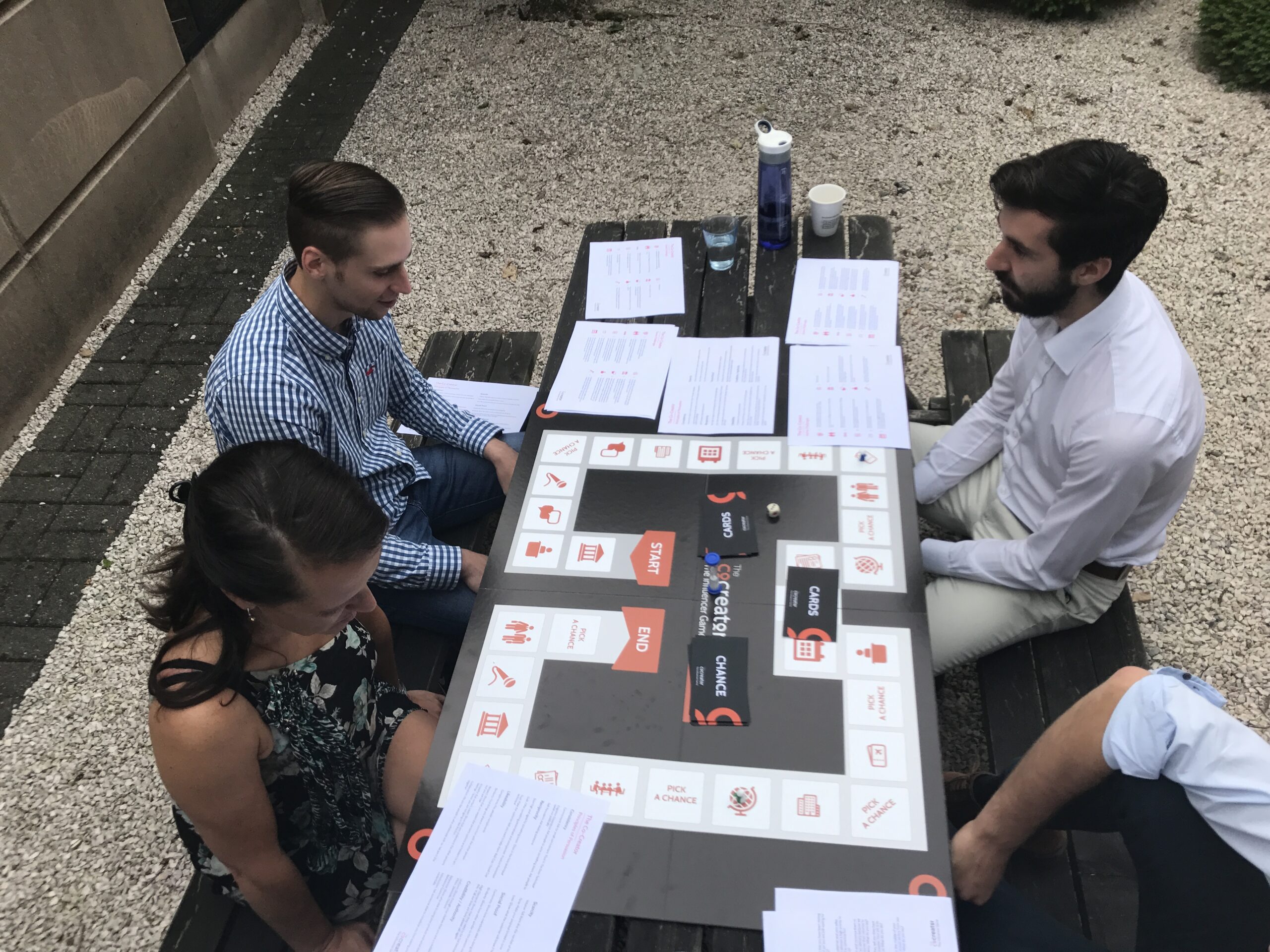What is it?
Nudging is a concept in behavioural science, economics, and psychology which proposes that subtle changes in the way choices are presented can significantly influence our behaviour. The term was popularized by Richard Thaler and Cass Sunstein in their book, “Nudge: Improving Decisions About Health, Wealth, and Happiness.” A nudge makes it easier for people to make certain decisions by shaping the environment or context in which they make these decisions. It’s like a friendly elbow that guides us towards a better choice, without taking away our freedom to choose.
Type of Nudges
- Defaults: Setting defaults is a powerful nudge. People are more likely to stick with a pre-set option. For instance, enrolling employees automatically in a pension plan (with an option to opt out) can increase savings rates.
- Simplification: Simplifying processes, forms, or information can significantly influence behaviour. The easier it is to engage in a desired behaviour, the more likely people are to do it. For example, simplifying the process of enrolling in a college or applying for financial aid can increase participation rates. This process is also known as reducing the cognitive load.
- Use of Social Norms: People are influenced by what others do. Highlighting positive social norms can nudge individuals towards desired behaviours. For instance, informing people that the majority of their neighbours are conserving energy can encourage them to do the same.
- Salience: Making information or options more noticeable and easier to understand can be a powerful nudge. For example, using clear and vivid labels to highlight the energy efficiency of appliances can guide consumers towards making greener choices.
- Feedback: Providing immediate feedback can influence behaviour. For example, a real-time display of energy usage in a home can nudge people to conserve energy.
- Incentives: Small incentives can be effective nudges. These don’t have to be financial; they can be as simple as public recognition or small rewards. The key is that the incentive aligns with the desired behaviour.
- Ease and Convenience: Making the desired behaviour easy and convenient can be a significant nudge. For instance, placing recycling bins in accessible locations encourages recycling behaviour.
- Loss Aversion: People tend to prefer avoiding losses to acquiring equivalent gains. Framing things in terms of what might be lost by not engaging in behaviour can be a more powerful motivator than what might be gained.
- Pre-commitment Strategies: Encouraging people to plan and commit to behaviour in advance can increase the likelihood of follow-through. For example, having people write down or publicly commit to health goals.
How useful is it?
Nudging is incredibly useful because it’s a gentle and non-intrusive method of encouraging positive behaviour change. Unlike strict rules or regulations, nudges don’t force anyone to do anything. Instead, they make the ‘better’ choice more appealing or easier to choose. This approach is effective in various areas, including improving health, increasing savings, encouraging environmental responsibility, and more. Nudges work because they understand human behaviour – we often choose what’s easy over what’s best. By making the best choice the easy one, nudges help us make better decisions without much effort.
Application
Nudges are everywhere once you start looking for them. For example, in supermarkets, placing healthy foods at eye level nudges shoppers to make healthier choices. In offices, having a printer default to double-sided printing nudges employees to save paper. Even in public health, sending reminders for vaccinations or medical check-ups is a nudge towards better health practices.
Governments and organizations use nudges to encourage behaviours that are beneficial for individuals and society. For instance, automatically enrolling employees in pension plans (with an option to opt-out) is a nudge used to enhance retirement savings.
Process
Designing a nudge involves understanding the behaviour you want to influence and the people you’re targeting. Here’s a simple process:
Step 1: Identify the Behaviour:
Clearly define the behaviour you want to encourage or discourage.
Analyse the behaviour based on the following criteria:
Is it a simple or complex behaviour to perform?
Simple behaviour is typically straightforward, requiring minimal cognitive effort or decision-making. These behaviours are often routine, habitual, or involve a few clear steps.(using a seatbelt, washing your hands)
Complex behaviours involve multiple steps, require higher levels of cognitive engagement, decision-making, or planning, and may be influenced by a range of external and internal factors. (e.g. saving money, learning a new language..)
Is it a one-time or a repeated behaviour?
One-time behaviours are actions or decisions that occur once or on a rare occasion. It typically involves a singular decision or action that does not need to be repeated regularly.(e.g. choosing a retirement plan, getting vaccinated, buying a house)
Repeated behaviours are actions or decisions that are performed regularly, often becoming a habit or routine. It’s part of an ongoing pattern of behaviour. (e.g. exercising, recycling …)
Is it a conscious or unconscious behaviour?
Conscious behaviour refers to actions that are performed with awareness and deliberate intention. These behaviours are under the control of conscious thought and often involve active decision-making or consideration.(studying ofr an exam, making a budget)
Unconscious behaviour consists of actions that are performed without deliberate thought or awareness. These behaviours are automatic and can be driven by subconscious processes, habits, or instinctual responses. (playing tennis, driving on autopilot, default sales pitch or product presentation, impulse purchases,….)
Step 2: Understand Your Audience
Know who you are nudging. What motivates them? What are their habits?
Step 3: Design the Nudge:
Create a nudge that makes the desired behaviour easier or more appealing. This could be changing the environment, altering how options are presented, or adding incentives.
This is typically called the Choice Architecture and it is the core concept of Nudge Theory. It involves designing the ways choices are presented to people. The goal is to structure choices in a way that nudges individuals towards beneficial behaviours without restricting their freedom of choice. For example, arranging healthier foods at eye level in a cafeteria to encourage better eating habits.
Matching Nudge Types to Behaviour and Audiences
- Defaults: Use when you want to encourage behaviour that is beneficial if continued over time, and the audience is likely to stick with a pre-chosen option. Also known as the Status Quo Bias.
- Simplification: Ideal when the desired behaviour is perceived as complex or when there’s cognitive overload. Simplification can make the process easier and more intuitive.
- Social Norms: Effective when the audience is influenced by peer behaviour or societal norms. This works well in communities or groups with strong social ties.
- Feedback: Useful for behaviours that benefit from immediate reinforcement or correction. This is particularly effective in educational or skill-building contexts.
- Incentives: Small incentives can nudge behaviours when there’s a need for a slight motivation boost. Ensure the incentives align with the audience’s values and the desired behaviour.
- Loss Aversion: If the audience is likely to be more motivated by avoiding losses than making gains, framing the nudge in terms of potential loss can be effective.
Step 4: Test and Learn
Implement the nudge on a small scale first, observe the results, and adjust if necessary. It’s all about trial and error.
Step 5: Implement and Monitor
Roll out the nudge more broadly, but keep monitoring its impact to ensure it’s working as intended.
Sources
- Thaler R. and Sunstein C., 2022, “Nudge: Improving Decisions About Health, Wealth, and Happiness“, Penguin Books Ltd (UK)
- Thaler R., 2015. Misbehaving: The Making of Behavioral Economics. New York: W. W. Norton & Company.
- Thaler R., Sunstein C., 2008 “Designing better choices“. Los Angeles Times
- Kahneman, D., & Tversky, A. (1977). Prospect Theory. An Analysis of Decision Making Under Risk, The Econometric Society
- Why do we buy insurance?, TheDecisionLab.com
Tool



